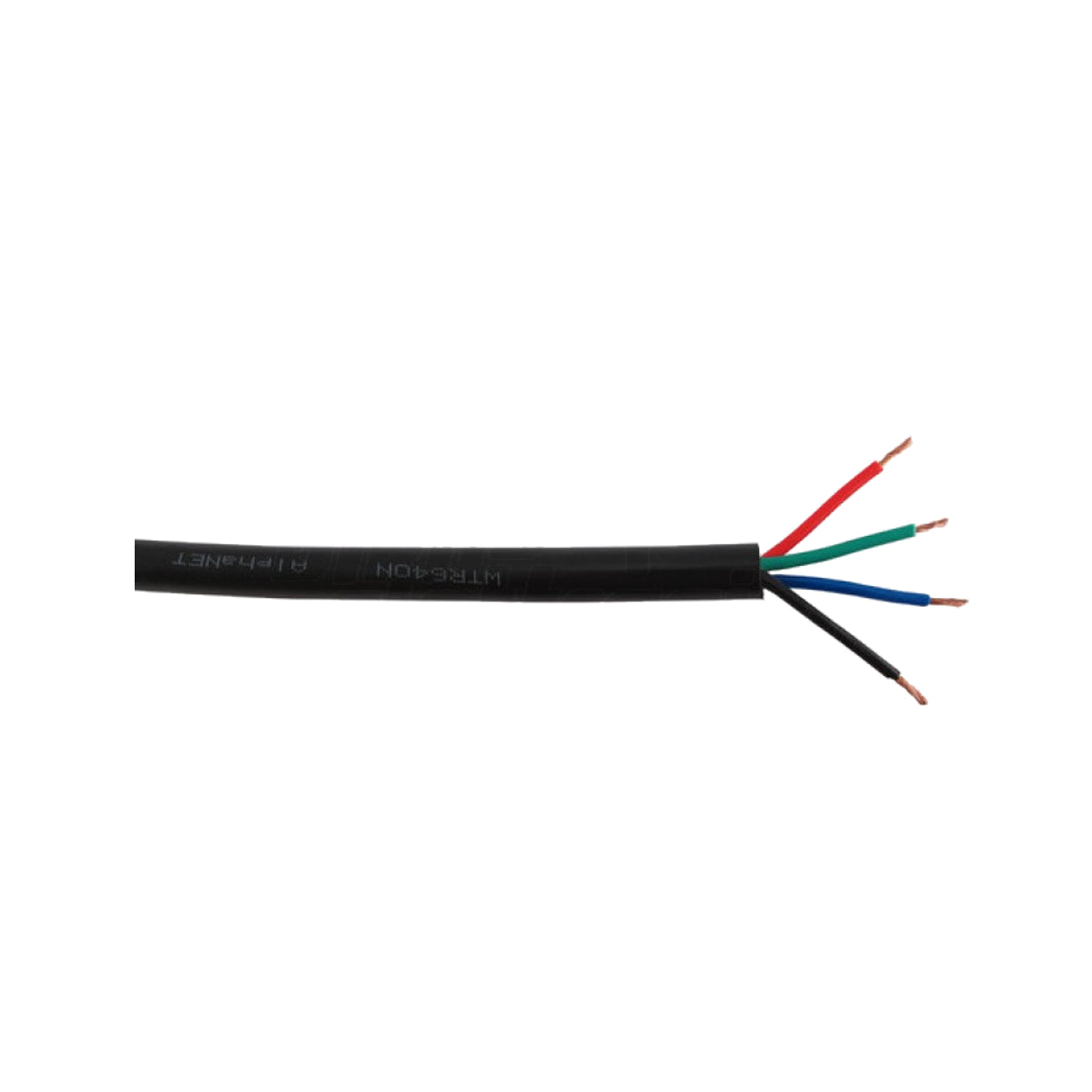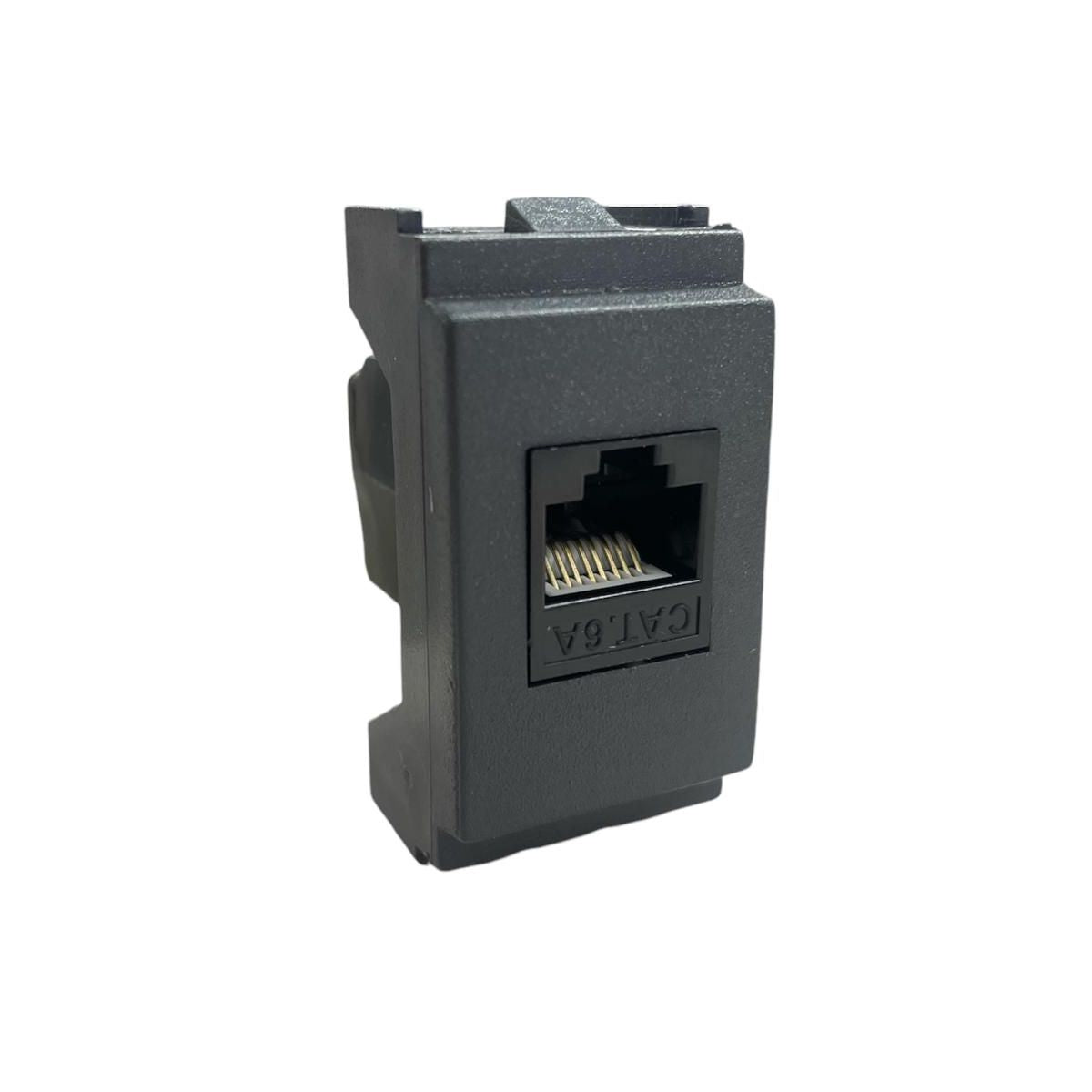As electric vehicles grow in popularity, charging infrastructure is becoming increasingly important. Charging stations have become an essential element in providing energy to electric vehicles in a convenient and reliable way. However, there are different variations of charging stations, which have significant differences between them. In this article, we will explore the differences between charging stations with and without a charging pole, with and without a charging cable, analyzing the features, advantages and disadvantages of each option.
Charging columns with pole:
Charging stations with a charging pole are commonly seen at public charging stations. This type of column is equipped with a pole that supports the charging point, usually positioned at a comfortable height for the user. The pole also contains the charging cable, which can be pulled out and connected to the electric vehicle to start charging. Pole charging stations offer numerous advantages, such as greater visibility and ease of use for users.
However, there are also some disadvantages to consider. First, they require more physical space than poleless pedestals, which can be a problem in areas with space limitations. Additionally, exposure to the public may make them more susceptible to vandalism or accidental damage. In terms of maintenance, the presence of the pole may require more attention to ensure that it is always in good condition and functioning properly.
Wall charging stations:
Wall charging points are a compact alternative to pole charging stations. These charging points are mounted directly on a wall or fixed structure and do not require a separate pole. The charging cable can be disconnected from a charging socket and connected to the electric vehicle. This solution is particularly suitable for installation in garages, private car parks or other areas where space is limited.
These poleless charging stations offer the advantage of greater flexibility in installation, as they can be mounted practically anywhere an electrical supply is available. They are also less exposed to possible vandalism, as they are mounted more securely and discreetly than pole columns. However, they may be less visible to users than pole pedestals, which may require clear indication of their presence.
Another important distinction between charging stations is the presence or absence of a built-in charging cable. Some charging stations come with a charging cable already connected, making the process of starting charging even easier for the user. In this case, the user can extract the cable from the column and connect it directly to the electric vehicle.
Wireless charging stations require the user to provide their own charging cable. This type of charging station offers greater flexibility, as it is compatible with a variety of standard charging cables and connectors. However, it may require users to have their charging cable with them at all times, which may not always be convenient.
Charging columns for electric vehicles are available in our store and on our online portal in different configurations to meet the different needs of users and charging situations.


















































































